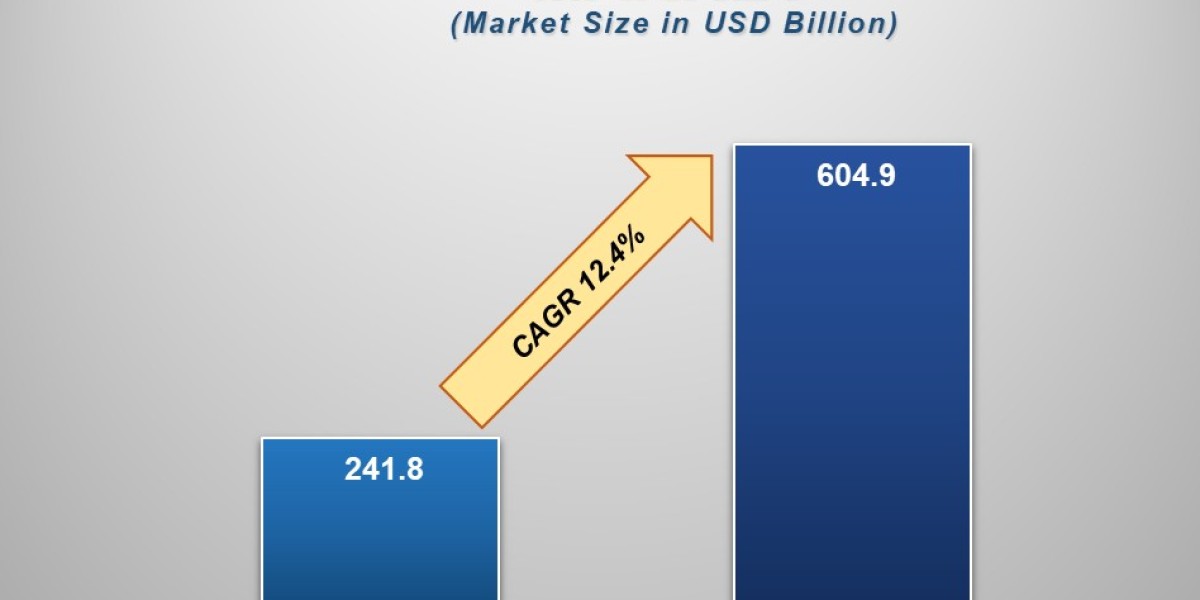When you're standing at the beginning of a new project—whether it's a home renovation, a commercial build, or a repair job—there’s one thing that gets everything moving in the right direction: a preliminary estimate.
Think of it as the first sketch on a blank canvas. It's not the final masterpiece, but it's what helps clients understand what they’re getting into and gives your team a roadmap to follow.
At Precision Estimator, we know that great projects start with accurate, thoughtful estimates. In this post, we’ll walk you through how to create a solid preliminary estimate, even when you're working with limited information. Whether you're a seasoned contractor or just starting out, this guide will give you the confidence to deliver estimates that win trust and secure jobs.
What Is a Preliminary Estimate?
A preliminary estimate is your first rough calculation of the project's cost. It’s usually created early in the planning phase—sometimes before drawings are finalized or full details are available.
The goal? To provide a ballpark figure that helps the client understand the potential cost, and helps you determine if the job is worth pursuing further.
It’s not about perfection. It’s about direction.
Step-by-Step: How to Create a Preliminary Estimate
1. Start with What You Know
At this stage, you might not have a full set of blueprints or specs. That’s okay. Start with what the client has provided:
- A rough sketch
- A verbal description
- Previous project comparisons
- Site photos or videos
- Any relevant square footage or dimensions
Use this limited information as your foundation. The key is to extract the most reliable data points you can.
? Tip: Ask clarifying questions. Even five minutes of extra info can significantly improve your estimate.
2. Define the Scope of Work
Before you even think about numbers, you need to outline what the estimate is actually covering. Break the job down into categories like:
- Demolition
- Foundation
- Framing
- Electrical
- Plumbing
- Finishes
- Permits
- Clean-up
For each category, list what you’ll likely need to do—or what the client is expecting. This helps avoid scope creep and ensures everyone is on the same page.
? Tip: Include assumptions. For example, “Assumes existing wiring is up to code.” This protects you and keeps your estimate realistic.
3. Use Historical Costs or Unit Pricing
When detailed specs are unavailable, your best friend is past experience. Look back at similar jobs and use average unit costs (like per square foot or per linear foot) to estimate:
- Labor
- Materials
- Equipment
- Subcontractors
If you’re using Precision Estimator software (smart move ?), you can pull up historical data or use our built-in cost databases to speed up this process.
? Tip: Adjust for variables like inflation, labor rates in your region, and material supply chain issues.
4. Account for Overhead and Profit
Many contractors forget to include overhead (like insurance, tools, office expenses) and a reasonable markup for profit. Don’t sell yourself short—this is your business, and your estimate needs to reflect all costs.
A good rule of thumb:
- Overhead: 10–15%
- Profit: 10–20%
You can adjust these based on the job size, client type, or risk level.
? Tip: Be transparent about your markup if the client asks. It shows professionalism and builds trust.
5. Add a Contingency Buffer
Since preliminary estimates involve a lot of unknowns, it’s smart to build in a contingency—typically 10–20% of the total cost. This covers surprises like:
- Unforeseen site conditions
- Scope changes
- Price fluctuations
It’s not padding—it’s planning.
? Tip: Label the contingency clearly. For example: “10% contingency for unknowns.”
6. Review and Sanity Check
Before you send the estimate, take a step back. Does it feel right based on similar jobs? Are any line items unusually high or low?
Ask yourself:
- Did I miss any major category?
- Are my assumptions clear?
- Is the total number believable?
If you’re using Precision Estimator, run your numbers through our automated review feature to catch any inconsistencies or red flags.
? Tip: Have a trusted colleague or estimator give it a second look, especially on high-value jobs.
7. Present the Estimate Professionally
Even if it’s preliminary, the way you present your estimate matters. A clean, clear, and organized estimate builds confidence.
Include:
- A short project description
- Itemized costs (even if rough)
- Notes and assumptions
- Validity period (e.g., “Valid for 30 days”)
- Your contact info
Make it easy to read and easy to understand. A confused client is a hesitant client.
? Tip: Send a follow-up message or call to walk them through it. Clients appreciate the extra attention.
Pro Tips for Better Preliminary Estimates
- Stay updated on local pricing. Materials and labor rates shift fast. Use tools like Precision Estimator to access real-time cost data.
- Track your estimates vs. actuals. Learn from past projects. The more you compare your estimates to real outcomes, the better your future estimates will be.
- Document everything. Save every version of your estimate and your notes. If a dispute arises later, you’ll be glad you did.
- Set expectations early. Make it clear that this is a preliminary estimate and that final pricing may change once full details are available.
Conclusion:
A preliminary estimate isn’t just a number—it’s the start of a relationship. It shows your potential client that you’re knowledgeable, prepared, and serious about their project.
Yes, you’re working with limited data. But with the right process and tools, you can still deliver an estimate that’s fair, realistic, and inspires confidence.













